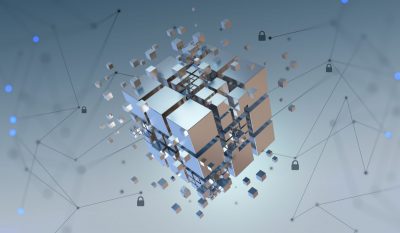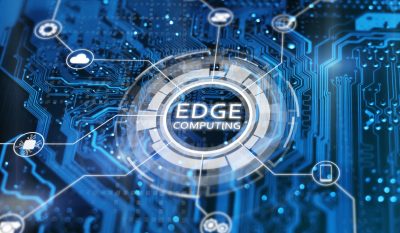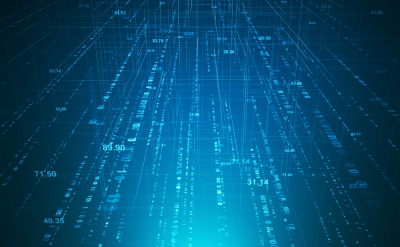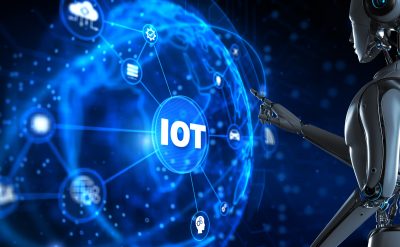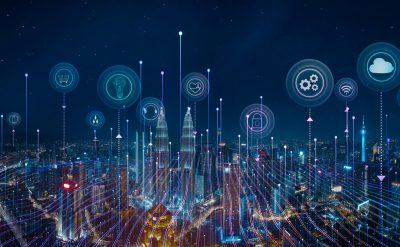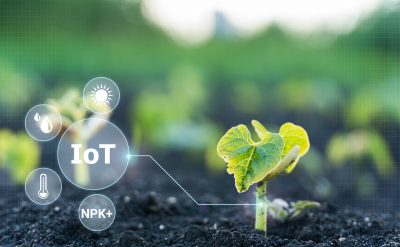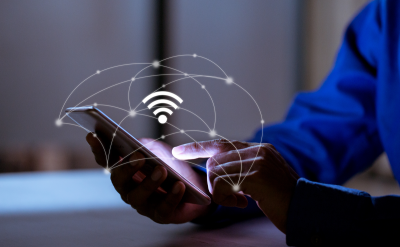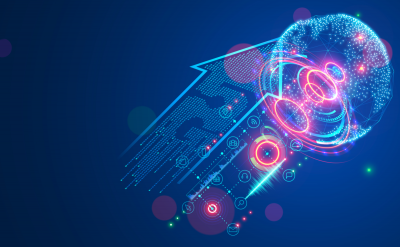In the previous blog titled ‘Introduction: How Smart Agriculture is Leveraging IoT!’, we learned about ‘smart agriculture’ and ‘the need for Internet of Things (IoT) in agriculture.’ Who knew IoT can show its presence so well in agriculture in this larger developing technology world!
Following applications gives a better view of how agriculture can help farmers simplify their everyday tasks using IoT technology:
1. Agricultural drone systems –
Drones are turning out to be the best medium for developing many farming practices. Ground-based and aerial-based are the two types of drones used rigorously in agriculture.
Different activities where these drones play a significant role are crop health assessment, crop monitoring, spraying pesticides, irrigation, planting, and analyzing the field. Also, these drones can very well capture multispectral, thermal, and visual images while in the air.
The other advantages of drones include crop health imaging, integrated Geographic Information System (GIS) mapping, saving time, ease of use, and increasing crop yields. The information obtained from drones provides farmers with complete information on plant health indices, plant counting and yield prediction, plant height measurement, canopy cover mapping, field water ponding mapping, scouting reports, stockpile measuring, chlorophyll measurement, nitrogen content in wheat, drainage mapping, weed pressure mapping, and so on.
Thus, combining drone technology with proper planning based on real-time data collection can bring incredible advancements in the agricultural sector.
2. Monitor livestock farming
Large farm owners are inculcating wireless IoT applications to get details on their cattle’s location, health, and overall well-being. Using this information, farmers can check upon sick animals and take measures to keep infected animals away from the herd, nurture them, and control the disease from spreading to other animals. It ultimately helps cut labor costs as farmers can easily track their cattle through IoT-equipped sensors.
3. Greenhouse monitoring
IoT can help develop an intelligent greenhouse in a very systematic manner. For example, smart greenhouses can intelligently monitor and control climate without any disturbance from manual intervention.
In a smart greenhouse, sensors are used to evaluate environmental conditions and determine their suitability for plants. With IoT, remote access is created by connecting the system to a cloud. This eliminates the need for ongoing manual supervision. The cloud server controls the data processing and handles control action inside the greenhouse.
The IoT sensors inside the greenhouse can obtain crucial information on humidity, temperature, pressure, and light levels. These sensors are controlled through a WiFi signal to handle various activities such as turning on lights, opening windows, controlling temperature, cooling off, etc.
4. Remote sensors
IoT-based remote sensors such as weather stations for collecting data are placed all around the farms. The data from these sensors are forwarded to analytical tools for analysis. Installing remote sensors across the farm help farmers monitor the entire field with a single analytical dashboard, and based on it, farmers can take the next step.
Remote sensors help assist farmers in three major ways –
- Monitor crop conditions:
Sensors present in different corners of the farms assess crops in tracking changes in shape, size, light, temperature, and humidity. Even the slightest modification by the sensors is captured to send an alert to the farmer. Thus, remote sensing contributes to preventing disease spread and keeping track of crops advancement.
- Determine weather conditions:
The data collected on temperature, humidity, moisture precipitation, and dew detection by the sensors aid in determining the weather pattern in farms so that the cultivation is executed for appropriate crops.
- Analyzing soil quality:
Analyzing soil quality plays a major role in determining the nutrient value and parched sections of farms and soil drainage capacity or acidity. It helps in adjusting the level of water required for irrigation and selecting a suitable type of cultivation.
5. Environmental conditions
Environmental conditions play a major role in harvesting crops. Every crop requires a different climatical condition to grow. Little knowledge about climate can ruin the quantity and quality of crop production. IoT sensors enable farmers to grab information on real-time weather conditions like humidity, rainfall, and temperature, crucial for crop production.
With IoT sensors, farmers can easily choose which crop to grow in that particular climatic condition. These sensors can easily detect any drastic change in the climate and immediately alert the farmer. This facility ultimately eliminates the need for physical presence, resulting in higher yields in farms.
6. Digital image processing
Sensor cameras placed all over the farm captures crops from all angles. The generated images are scanned for digital image processing, and it helps gain information on the following factors –
- Quality control:
Image processing and machine learning together use images from the database to compare with images of the crops for concluding the size, shape, color, and growth to maintain the quality.
- Sorting and grading:
Images captured via sensors aids in sorting and grading the crops based on their color, shape, and size.
- Irrigation monitoring:
Monitoring irrigation for time intervals helps in the mapping of irrigated lands. Also, it helps in deciding in the pre-harvest season whether the crop is ready for harvesting or not.
7. Precision farming
Precision farming, also called precision agriculture, is amongst the most well-known applications of IoT in agriculture. Smart farming applications such as livestock monitoring, vehicle tracking, field observation, and inventory monitoring make farming practices more precise and controlled.
Precision farming works by analyzing the data generated by sensors to respond accordingly. The collected data from sensors help farmers to make quick, wiser, and more intelligent decisions.
Precision farming also contributes to analyzing soil conditions and other related parameters to increase operational efficiency. It can also help detect the connected devices’ real time working conditions to gain water and nutrient level information.
Take away
The usage of IoT has given more power to farmers to adopt innovative farming. Farmers find this technique capital intensive and hi-tech. Offering farmers twofold benefits – spending less time in fields and increasing crop yields is yet another reason for moving more toward smart agriculture.
IoT applications make it convenient for farmers to collect real time data quickly and increase their efficiency. Considering these facts, large landowners and small farmers must learn to trust the potential of IoT-based smart agriculture and implement IoT solutions in a prosperous manner.
For more information download our latest whitepapers on IoT and other related technologies.





